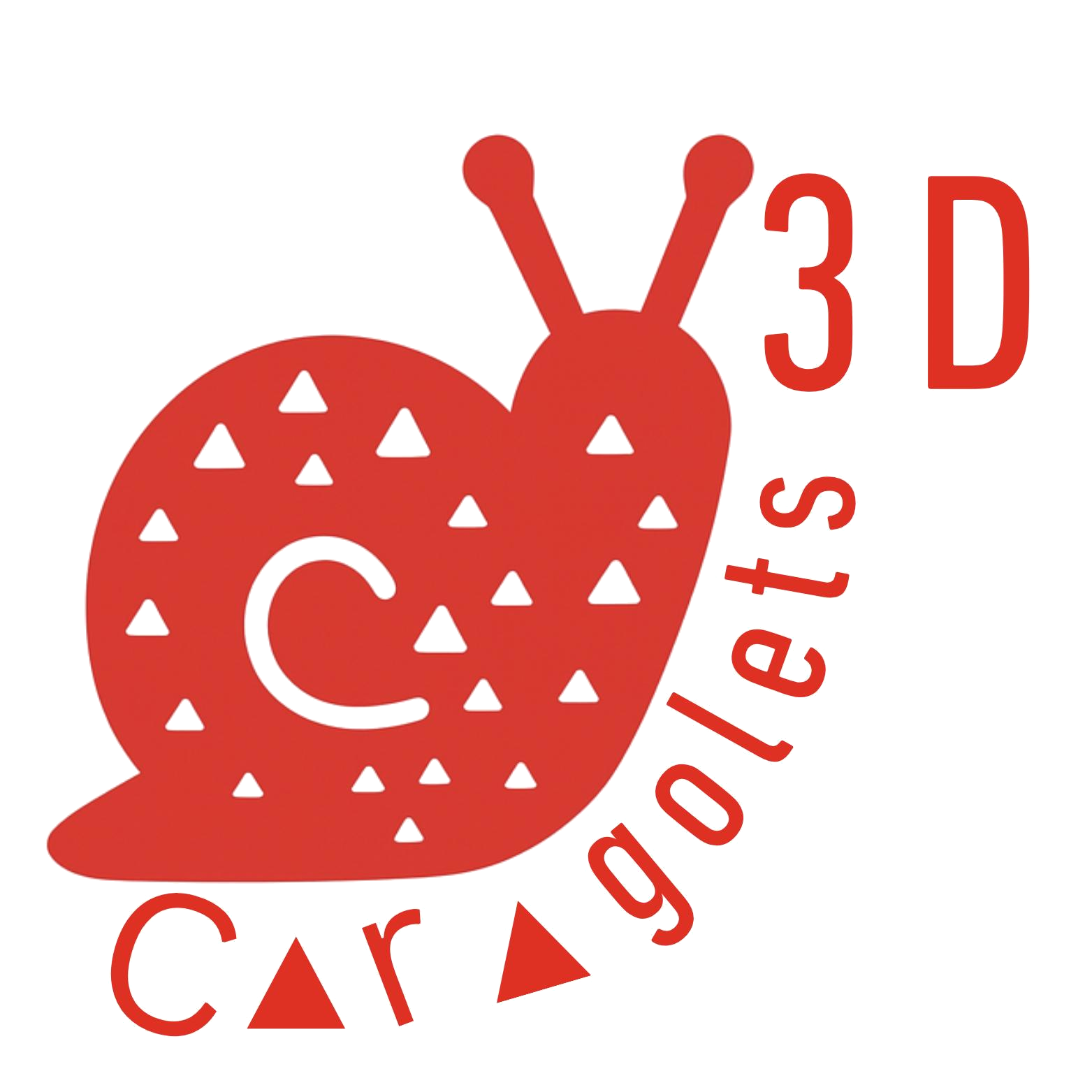Caragolets 3D: Changing the step, layer by layer¶

Caragolets 3D is a transdisciplinary project that brings together health, engineering, and design professionals with a common goal: to develop customized assistive devices for children with functional diversity or specific support needs. We use 3D printing, electronics, and parametric design to create affordable, functional, and adapted solutions, such as AFOs, foot orthoses, cranial helmets, or other devices that improve daily life, mobility, and participation.
These devices are intended for children with:
- Cerebral palsy
- Achondroplasia
- Spinal cord injuries
- Neuromuscular disorders
- Rare diseases
- Temporary or permanent motor difficulties
Each device is designed in collaboration with clinical professionals, based on the real needs of the user and their environment.
❓ Why was Caragolets 3D created?¶
Caragolets 3D emerged as a direct response to a growing issue in child healthcare: the lack and delay in access to orthotic supports and functional adaptations through public health systems.
Technical note
It is estimated that a significant proportion of children with motor difficulties—over 50% in some studies—do not have a well-defined clinical diagnosis1. This lack of diagnosis limits the scientific validity of many studies, hinders replication, and prevents robust meta-analyses2. Nonetheless, clinical practice highlights the importance of offering personalized assistive devices tailored to each child's functional capacity and environment3.
An overwhelmed system¶
Today, many children with specific needs (neuromuscular, genetic, orthopedic or post-surgical) do not receive appropriate orthoses or support devices in time. This is due to several factors:
- Long waiting lists in public technical orthotics.
- Lack of professionals specialized in pediatric functional care.
- High cost of commercial solutions not covered by the healthcare system.
- Little customization of standard devices.
Context: Spain and the Valencian Community
In the Valencian Community, surgical waiting times averaged 88 days in 2023, with delays exceeding 120 days in some specialties and departments4.
At the national level, the average waiting time for a first consultation in traumatology exceeds 100 days5, and more than 54% of patients wait over 60 days to see a specialist6.
Additionally, the public orthoprosthetic catalog does not always cover the real needs of children—especially those with rare or complex conditions. Emerging technologies such as personalized 3D printing are not covered, except in exceptional cases.
This saturation poses a clear clinical risk: early childhood is critical, and missing the window for early intervention may lead to structural deformities, contractures, joint deviations or dysfunctional motor patterns that are difficult to reverse later.
What makes Caragolets 3D different?¶
With 3D printing as an ally, Caragolets 3D:
- Develops personalized supports and devices quickly and affordably.
- Provides timely response during key developmental stages.
- Encourages active participation of families and clinicians in design.
- Gives visibility to functional diversity beyond standardized solutions.
More than printing: preventing¶
Many childhood conditions (cerebral palsy, hypotonia, rare diseases, genetic syndromes, amputations, achondroplasia, etc.) do not only require medical treatment but also an anticipatory perspective:
"It's not just about correcting an established deformity, but preventing it with early, lightweight, and child-centered support—not based on the ideal child, but on the real one."
A focus on autonomy¶
Each assistive device is a tool to help the child:
- Move better, with less pain.
- Engage in their environment (school, play, daily life).
- Feel that their differences are not obstacles, but part of a valuable identity.
Caragolets 3D is rooted in the commitment to support that journey—with accessible technology and clinical insight.
🎯 Project goals¶
- 💡 Develop fast, personalized and affordable solutions using additive manufacturing.
- 🔐 Create an open methodology while protecting intellectual property.
- 🔄 Promote knowledge transfer between universities, clinical settings, and industry.
📈 Current status¶
- ✅ First working prototypes for AFOs and foot orthoses.
- 🧪 Under clinical validation with collaborating physiotherapists.
- 🤝 Preparing for public funding calls and industrial partnerships.
- 🚀 Exploring the creation of a university-based spin-off.
-
World Health Organization. World Report on Disability. WHO, 2011.
Available at: https://www.who.int/publications/i/item/9789241564182 ↩ -
Novak I, et al. “A systematic review of interventions for children with cerebral palsy.” Developmental Medicine & Child Neurology, 2013;55(10):885–910.
DOI: 10.1111/dmcn.12246 ↩ -
Rosenbaum P, Gorter JW. “The 'F-words' in childhood disability: I swear this is how we should think!” Child: Care, Health and Development, 2012;38(4):457–63.
DOI: 10.1111/j.1365-2214.2011.01338.x ↩ -
Sindicatura de Comptes de la Comunitat Valenciana. Audit Report on the Optima Plan to Improve Healthcare. Waiting list situation in the Valencian Community. Fiscal year 2023.
Available at: https://sindicom.sedipualba.es or directly as PDF:
2023 Waiting List Report (PDF) ↩ -
Spanish Ministry of Health (2024). National Health System – Waiting lists. Average waiting time for traumatology consultation: 101 days.
https://www.sanidad.gob.es/estadEstudios/estadisticas/ ↩ -
RTVE, October 2024. More than 54% of patients wait over 60 days to see a specialist in Spain’s NHS.
Available at: https://www.rtve.es/noticias/20241017/listas-espera-sanidad-operacion-consulta-especialista-calculadora/16290700.shtml ↩